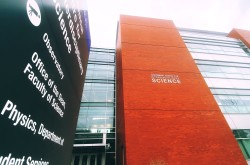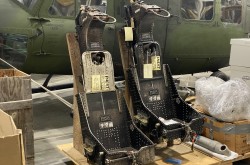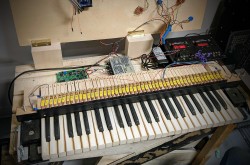Practicing neuro-surgery in virtual reality makes operations safer
This article was originally written and submitted as part of a Canada 150 Project, the Innovation Storybook, to crowdsource stories of Canadian innovation with partners across Canada. The content has since been migrated to Ingenium’s Channel, a digital hub featuring curated content related to science, technology and innovation.
Brain surgery is a delicate science and each instance is completely different from the last, because each person and their condition are entirely unique. A single wrong move could be devastating and things get even more complicated when it comes to tumours. But the National Research Council aims to change the way brain surgeries are conducted through methods of practice that are specific to each patient’s brain.
The problem with studying a patient’s MRI (magnetic resonance imaging) results is that they’re two-dimensional. With virtual reality technology improving so rapidly, the NRC led a clinical collaboration with researchers across Canada to create a neurosurgery simulator. The system took a total of 18 months to create and combines mathematical modeling, medical input and virtual reality simulation.
Three MRI images are taken of the patient’s brain and then combined to render a 3D model. This model is fed into a simulation with high-resolution graphics and haptic hardware, which gives physical responses to the actions the surgeon takes. For instance, the user feels resistance against their hands when they put pressure on a part of the brain. They can even feel a pulse.
The integrated software maps the brain according to precise details of neuroanatomy as well as the patient’s specific differences. An incision causes blood to pool in the brain exactly as it would in real life. And since each of these 3D renderings is of a particular patient’s brain, the surgeon can practice on an accurate representation before going in for surgery.
In 2009, Dr. David Clarke, a surgeon in Halifax, Nova Scotia, became the first doctor in history to remove a brain tumour after practicing in a simulation. This was not only a breakthrough for medicine but placed Canada at the forefront of surgical simulation research. The technology allows surgeons to hone their skill and learn safer methods of tumour extraction while ensuring that a patient’s individual neuroanatomy and condition is accounted for. Ultimately, the use of this simulation will result in more confidence and reassurance for the patient.
By: Jassi Bedi
















